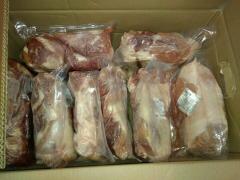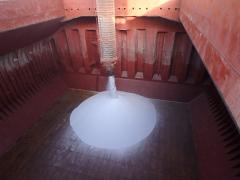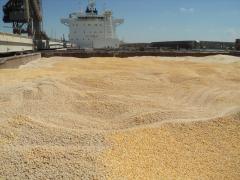Vessel discharge inspection scope
August 15, 2017
Vessel discharge inspection. During discharge of grains (wheat, barley, corn and other Agri dry cargoes the attending inspectors must always be on alert and monitor discharging operationsfrom beginning till the very end.
Particular attention must be paid to the cargo condition upon opening holds hatches and during discharge - water damage, lumps/cakes of cargo, overheated grains, sprouted grains etc.. All damaged cargo must be separated from the sound cargo and its weight should be estimated.
Vessel discharge inspection
- Unsealing of hatches
- Cargo condition visual examination
- Supervision at discharge
- Visual conditions of the goods, absence of infestation;
- Losses of some cargo (due to spillage, water damage, etc.) or any other abnormalities. It is important to mention what steps were made to improve the situation (collecting spillage, separating dmaged cargo, issuance of Letters of Protest, etc.) - Ascertainment of discharged weight (and / or tally)
- Type of scales, scales factor, error, date of last official check;
- Scheme of discharge and weighing;
- Data on weight control;
- If weight control of part of / whole consignment was not feasible it is necessary to mention it;
- (in case of tally – all data on tally); - Draft Survey;
- Sampling per GAFTA 124 or other agreed rules (including distribution of samples);
- Analysis;
- Control of emptiness of holds upon discharge completion.
- Reporting














